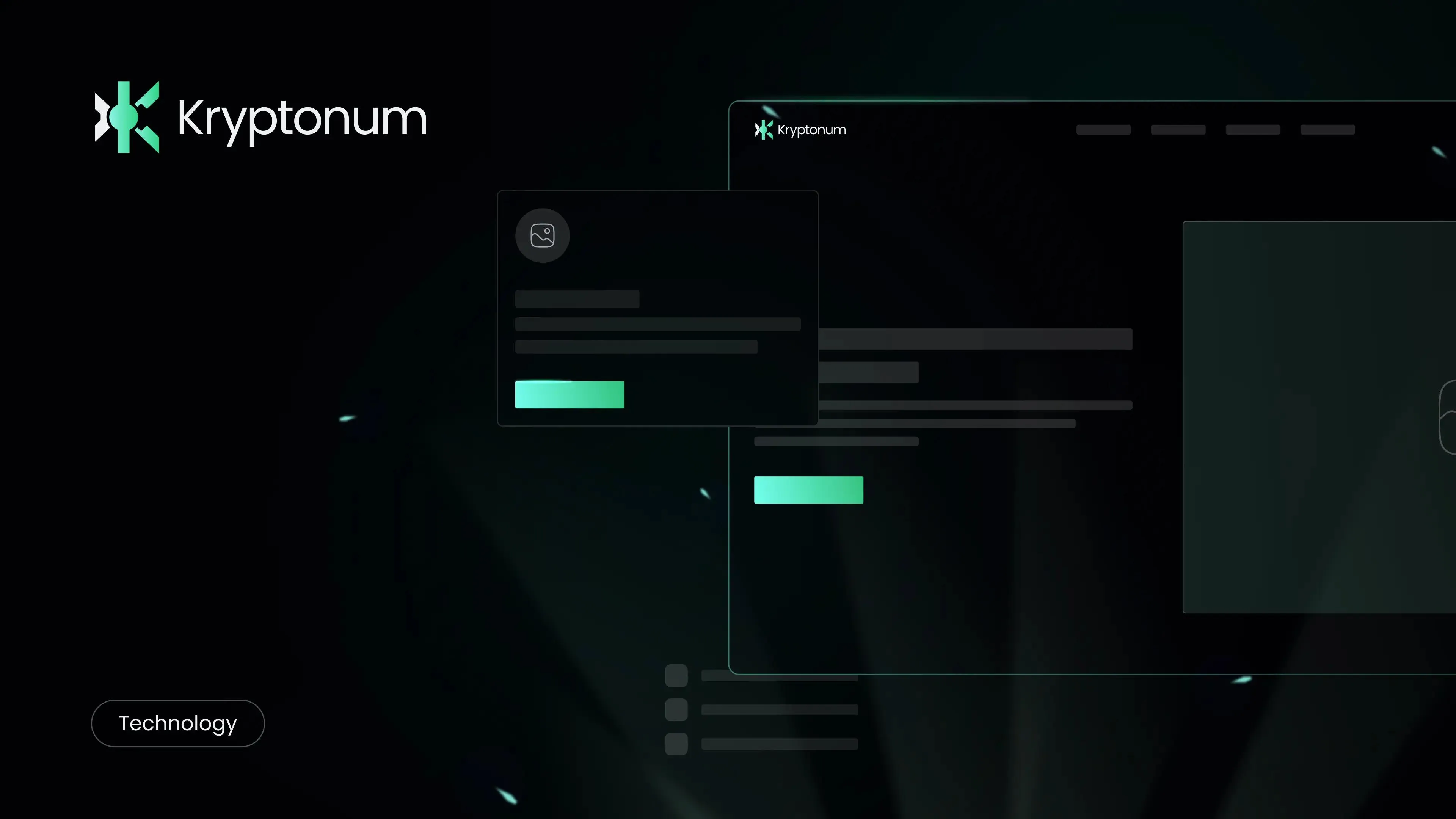Digitalizing a business involves making several crucial decisions—one of them being the approach to building your website.
Using a pre-made template or a low-code solution to create a website or online store is a quick and relatively affordable option. But is it really the best choice for businesses aiming to deliver premium services?
In this article, we’ll explore why opting for a custom website design may be a smarter move and what limitations come with ready-made solutions.

❧ What Is a Website Template? Building a Website with a Pre-Made Solution
A website template is a pre-designed layout that includes graphical elements and basic functionalities.
It comes with both advantages and drawbacks. On one hand, it allows you to create a website quickly without any coding—just customize the content and tweak the design if needed.
But what about the downsides? Let’s take a closer look.
❧ Why Ready-Made Solutions (Like WordPress) Fall Short: The Limitations of Free and Paid Website Templates
Platforms like WordPress, WooCommerce, PrestaShop, and Shopify have a strong following. They attract businesses with their accessibility and low implementation costs. These solutions may seem appealing to small businesses and startups looking for a fast market entry.
However, the convenience and affordability come with several hidden limitations—ones that many people overlook.
❧ Lack of Unique Design
Templates are pre-made themes used by thousands of businesses worldwide. So where’s the uniqueness that every brand strives for?
As a result, your website may end up looking generic, lacking originality and professionalism. This is especially problematic if your competitors use custom-built solutions.
❧ Functional Limitations of Template-Based Websites
Templates provide only basic features, which might not be enough for more advanced needs. They are built around a predefined, fixed set of functions, which restricts the flexibility of the entire project.
What does this mean in practice?
- Difficulty customizing the site’s appearance to match unique business needs.
- Struggles with future updates or new functionalities that may not fit the existing structure, often requiring direct code modifications.
- Compatibility issues when adding custom elements, which may lead to performance problems and require additional plugins—slowing down your site.
Ultimately, you could end up with a site that lacks functionality, fails to meet expectations, and drains your budget.
❧ Performance and SEO Limitations
Template-based websites often have bloated code structures, leading to slower load times and frustrating user experiences. And site speed is a critical factor for Google rankings!
But that’s not all.
Pre-built templates may also limit your ability to optimize for SEO, making it harder to rank high in search results.
❧ Scalability Issues with Template-Based Websites
As your business grows, your website needs to evolve. But what if your site is built using a pre-made template? Bad news.
Adding new features, integrating with external systems, or expanding your site’s structure may require a complete overhaul. That means extra costs and potential downtime for your online business.
❧ Website Security Risks with Templates
In other words? The lack of security…
Template-based websites are more vulnerable to cyberattacks due to their popularity and standardized structure. Hackers are familiar with their code and weaknesses.
Regular updates are crucial to maintaining security. Neglecting updates or using outdated plugins increases the risk of cyber threats such as DDoS attacks, SQL injections, or malware infections.
Without proper security measures, your website and customer data are at risk—potentially damaging your brand’s reputation.
❧ The Ongoing Maintenance Burden of a Template-Based Website
Owning a website built on a template requires constant updates to:
-

Prevent conflicts between plugins and the template
Plugins and themes are developed independently, which means new versions may not always work together seamlessly. Without updates, errors and crashes can occur.
-

Ensure compatibility with modern browsers
Web technologies evolve, and browsers continuously update their rendering engines. Without adjustments, your site may display incorrectly or become difficult to navigate.
-

Enhance security
Outdated templates and plugins can contain vulnerabilities, making them easy targets for hackers. Regular updates help close these security gaps.
However, these updates can be time-consuming and require ongoing vigilance. Unexpected bugs or crashes may occur, leading to website downtime and performance issues.
For high-traffic websites, even a few minutes of downtime can hurt your brand’s image—and cost you money.
❧ The Downsides of Low-Code and No-Code Platforms
Low-code and no-code platforms like Framer X or Webflow are changing the way websites are built, enabling non-developers to create sites without coding skills. Sounds great, right? Not so fast.
The lack of full control over the code and functional limitations mean these platforms have their downsides—both from a technical and design standpoint.
For websites requiring complex structures or unique features, users often hit roadblocks that can’t be overcome without custom coding.
❧ Key Limitations of Low-Code and No-Code Website Builders
Several critical drawbacks can affect functionality, costs, and content management. Here are the most important ones:
-
High Costs
While these platforms seem cost-effective at first, ongoing expenses can add up. Subscriptions, plugins, extra features, and integrations often come at an additional price. Over time, the total cost may exceed what you would pay for a fully custom-built website.
-

Scalability Issues
Low-code/no-code solutions may work well initially, but as traffic grows, performance can decline. Scaling a site on these platforms is difficult and sometimes impossible without migrating to a more advanced environment—adding costs and creating potential user experience issues.
-

Design and Configuration Challenges
Despite being marketed as user-friendly, building a functional and visually appealing site requires UI/UX knowledge. Inexperienced users may struggle with layout structure, content flow, or logic, leading to poor performance and accessibility issues.
❧ The Benefits of a Custom Website Design
In today’s digital landscape, having an online presence isn’t enough. Your website needs to be tailored to your audience’s specific needs and expectations.
Custom-built solutions are the future, allowing businesses to create digital products that reflect their brand identity and deliver exceptional user experiences.
At Kryptonum, we prioritize innovation and quality. Custom-built websites form the foundation of our client collaborations because they offer:
-

High Performance & Reliability
Unlike templates and low-code/no-code platforms, custom solutions have no functional or performance limitations. This allows us to fully tailor the website design to specific requirements—whether for e-commerce or more complex business applications. By building projects from the ground up, we maintain complete control over every aspect. This ensures maximum performance and stability—two key factors that directly impact user satisfaction and business success.
-

Cutting-Edge Technologies Tailored to Your Needs
At Kryptonum, we utilize the latest and most advanced technologies, including headless architecture, JAMstack, Next.js, Astro.js, and Sanity.io. This approach enables us to create websites that are not only fast and efficient but also aligned with SEO best practices and optimized for user experience (UX) and conversions. These technologies allow for seamless expansion and integration of new features, which is crucial for businesses planning to scale in the future.
-

Full Customization of Your Website
Custom solutions provide complete control over both the design and functionality of your website. You can customize every aspect of the interface, structure it to fit your unique business needs, and implement specialized features that set your brand apart. Unlike website templates, you are not restricted by pre-built modules—you have the freedom to create unique, scalable solutions that align perfectly with your strategy.
❧ Custom Web Design: A Competitive Advantage for Marketing Agencies
For agencies, offering custom solutions isn’t just about expanding services—it’s about creating a competitive edge.
-

The Halo Effect
This phenomenon occurs when customers evaluate an entire service based on a single exceptionally positive experience. When your agency delivers a fully customized website that surpasses standard solutions, the client automatically perceives your agency as professional and highly competent. This perception can lead to long-term relationships and increased openness to new services and recommendations!
-

Standing Out from the Competition
Custom solutions are also a powerful way to establish a clear competitive advantage. Agencies that offer only standard services may struggle to meet clients' evolving expectations in the long run. By providing advanced web solutions, your agency not only enhances the value of its services but also strengthens its brand image and market position!

❧ Why Custom Websites Are the Future
The use of cutting-edge technologies in large projects demonstrates their efficiency and reliability.
Major platforms like TikTok, which leverage JAMstack and headless CMS solutions, prove that these technologies meet even the most demanding market standards!
At Kryptonum, we also utilize cookie-free analytics tools such as Fathom and PIWIK.pro. These allow for tracking website traffic without compromising user privacy—an ethical and modern approach that enhances trust in your brand.
Choosing between a template and a custom website design isn’t easy. However, for companies focused on long-term growth and professionalism, custom solutions become the obvious choice.
Despite initial challenges and costs, dedicated websites offer unmatched flexibility, performance, and scalability—making them a long-term investment with significant returns!

